Photographer Mohamed Bourouissa reflects on society, community and the marginalised at MAST
Mohamed Bourouissa unites his work from the last two decades at Bologna’s Fondazione MAST
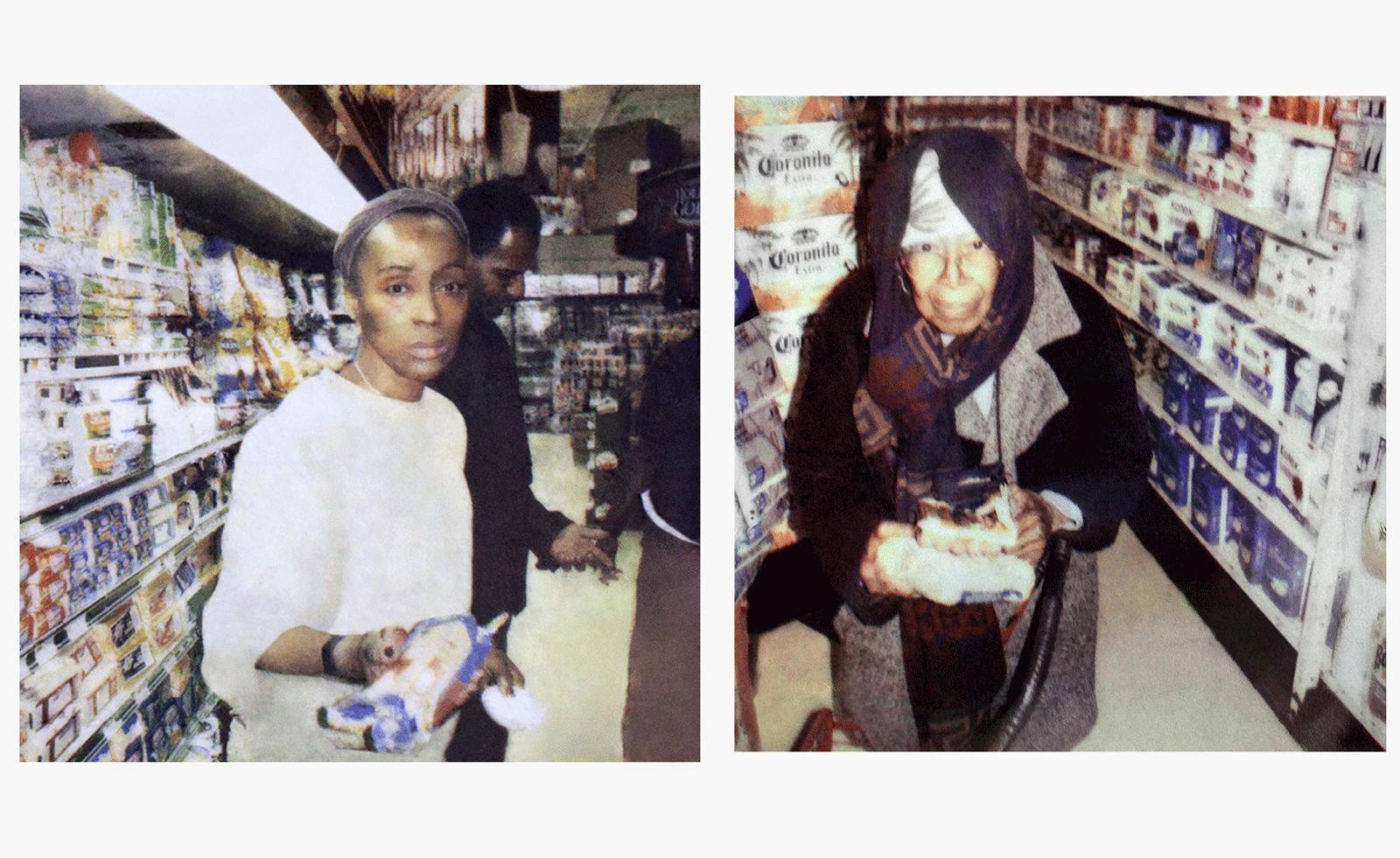
In a side room on an upper floor of Bologna’s Fondazione MAST, Mohamed Bourouissa pulls out his phone to scroll through a Spotify playlist. Substantial in size, it’s the music that soundtracks his studio and includes songs by Yves Tumor and the late Ryuichi Sakamoto. ‘When I'm working I'm listening more to experimental music, but I pass through electro to hip hop too,’ he shares. While Bourouissa’s practice is largely anchored in photography (additionally concerned with video, sculpture, performance and drawing), he has previously incorporated sound, such as in ‘Brutal Family Roots’, created for the 2020 Biennale of Sydney, and will soon release an album via Berlin label PAN. In ‘Communautés’ however, a major new solo show at the Italian institution, the only audible feature strays from a video installation.
The two-channel film is a key part of Bourouissa’s ‘Horse Day’ series, made between 2013 and 2019, wherein the Algerian-born French artist spent 10 months with the Fletcher Street Urban Riding Club, a group of African American riders based in Philadelphia, getting to know them and subsequently putting on a competition and pageant. The film highlights the event and the conversations leading up to it between riders and participating local artists. Earlier, on entry to the gallery space, there’s an entire wall fly-posted with the original artwork that announced the event: here, it provides a backdrop to several elaborately decorated saddles that hang overhead, variously adorned with rosettes, blank CDs and streams of metallic paper.
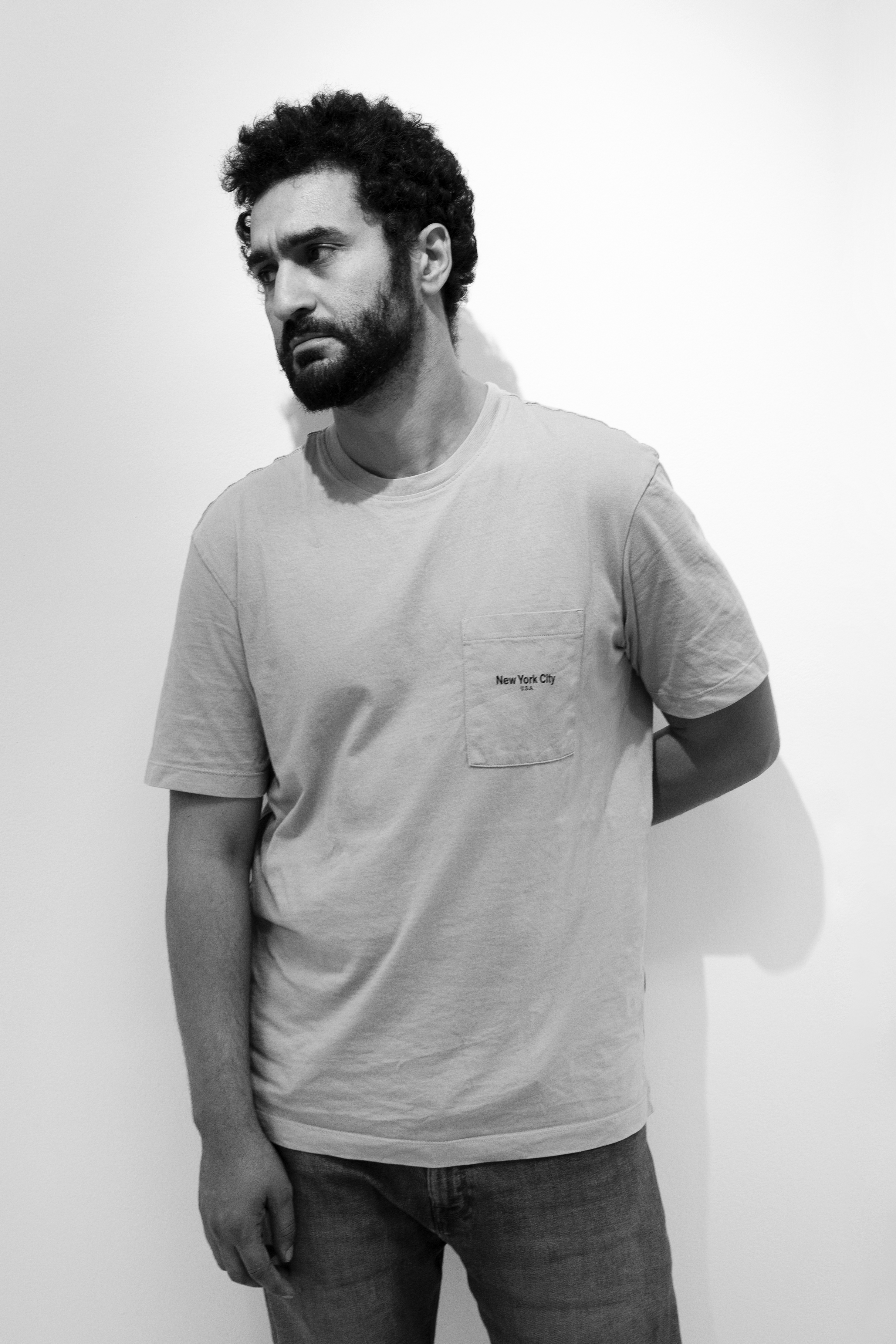
Portrait of Mohamed Bourouissa
‘I spent months taking pictures, trying to find a way to show them [what I wanted to do],’ says Bourouissa, recalling his initial reception in North Philadelphia. ‘They were suspicious – so many people come and just get some images, take advantage. I was like, “I want to involve you in the project”. When we finished, everybody was proud. I made trophies, and knowing they’re in someone’s house, that makes me happy.’ The trophies, comprised of scrapped car parts, are mirrored in a group of photographic sculptures; much greater in size and considerably bolder in impact, they are the standouts of the entire show. Striking pieces that claim space in the centre of a room or extended along a wall (one welcomes visitors outside Fondazione MAST), they are beautifully composed with gnarly accents, their materials a reference to the city’s relationship with the Rust Belt.
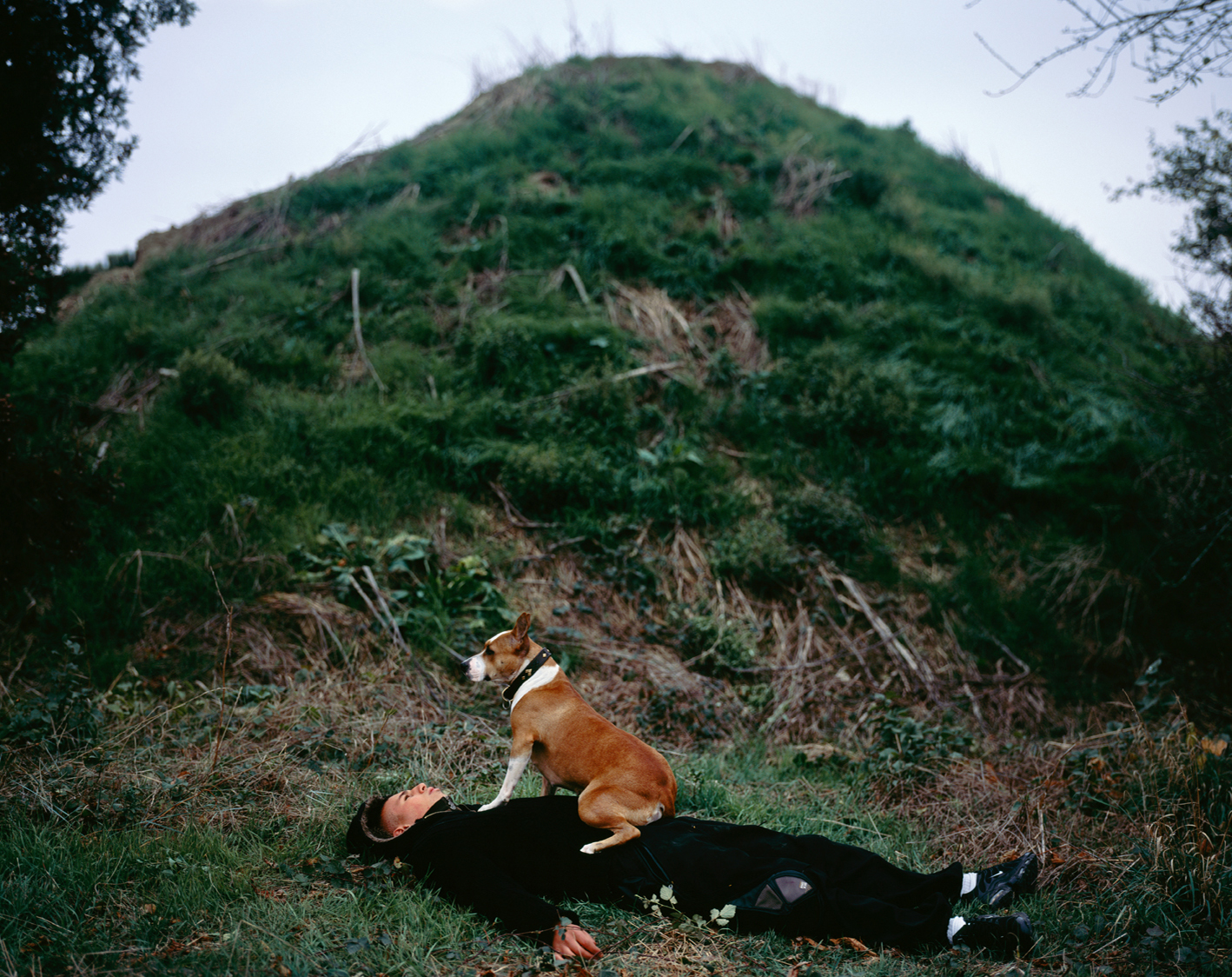
Mohamed Bourouissa, La Butte, 2007
Winding around the sculptures (positioned in dialogue while neatly alluding to its translated name), Bourouissa’s breakthrough series ‘Périphérique’ (2005-2008) takes a more classic form. Large scale photographs staged in the aftermath of the 2005 riots in Paris les banlieues, the images recall Jeff Wall’s brand of fictional reality, leaning into the canon observed by historical painters such as Eugène Delacroix. 20 years on since the earliest piece was made, and with the social, political and cultural landscapes of France and across Europe since widely, if not wholly adequately, altered, Bourouissa today describes a sense of disconnect. ‘It's not mine anymore. I have this kind of distance, but I am proud of the work. I’ve seen many people, younger generations in France, reference it. And it was a huge step for me – through this experience, I understood I wanted to involve people.’
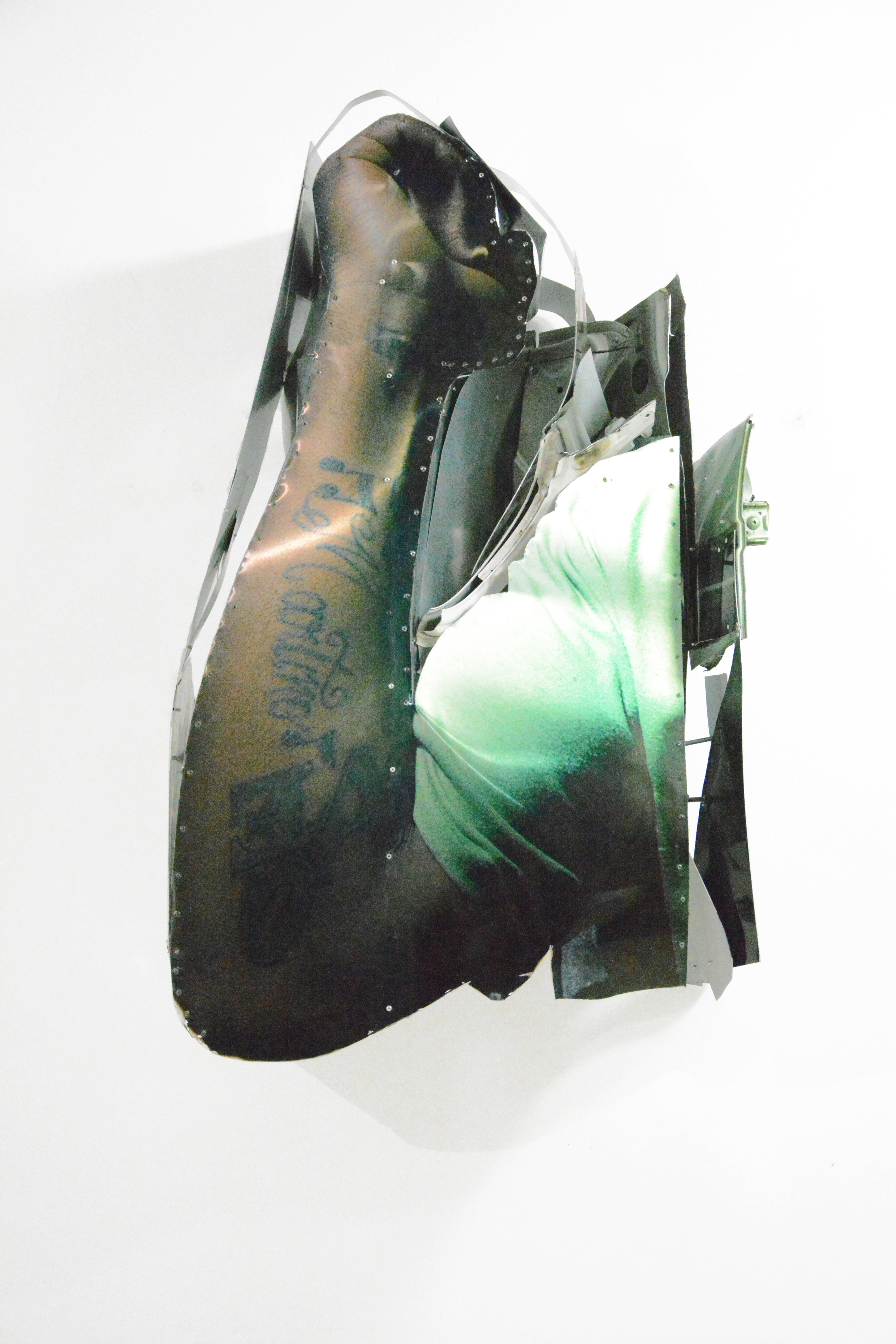
Mohamed Bourouissa, Love II, 2019
People, as the show’s moniker attests, are at the core of the artist’s practice, which for more than two decades has provided a vehicle for otherwise marginalised or hidden communities (beyond his survey of the suburbs, the French penal system is frequently woven into Bourouissa’s projects). ‘When I started this work, these subjects – about community and marginalised people around the suburbs – were not so common,’ reflects the 2020 Deutsche Börse prize-winner (he won for the installation ‘Free Trade’, which featured images from ‘Périphérique’). ‘Now, many people, immigrants, are starting to make art; people are starting to understand the relationship between colonisation and immigration. Society has changed a lot, it’s more common to have Black or Arabic curators. There’s a focus on identity, the social and community, and I think through that my work is more understandable for the rest of the art world.’
Sampling pre-existing pieces and informed by Bourouissa’s interest in the collective (it was made with his friend Mehdi Anede and a group of young people), the newest work in the show is ‘Hands’ (2025), which marries recycled photographs with abstract shapes, bright colours and wiry metal, and speaks to Bourouissa’s ideas about the individual and society. Nearby and similarly situated against white caging, (‘a metaphor of a system where we are living’), 2014’s ‘Shoplifters’ marks a departure from the collaborative. Reproducing Polaroids found in and shot by the owner a New York convenience store, Bourouissa presents a portrait of the criminalisation of poverty via would-be thieves and the items they tried to steal, chiefly banal things like cheese, eggs and detergent.

Mohamed Bourouissa, Le Dinosaure, 2022
Underscoring the thread of visibility that welds the four works in the show is one that doesn’t actually feature. ‘Temps mort’ (2008-2009), is a video piece co-authored by a friend who was in prison: Bourouissa credits it with shaping his later intentions. ‘It was a huge step. With ‘Périphérique’ there was this idea of being an author – showing the images in a very classic way – but after, I wanted to make visible this relationship with the protagonist,’ he explains. ‘I discovered [through “Temps mort”] the most interesting thing is our relationship, how we exchange. It’s a really important piece for the rest of the work I made – “Horse Day” is quite the same principle, showing the process and the relationship between people.’
Receive our daily digest of inspiration, escapism and design stories from around the world direct to your inbox.
Mohamed Bourouissa is at MAST until 28 September
Zoe Whitfield is a London-based writer whose work spans contemporary culture, fashion, art and photography. She has written extensively for international titles including Interview, AnOther, i-D, Dazed and CNN Style, among others.
-
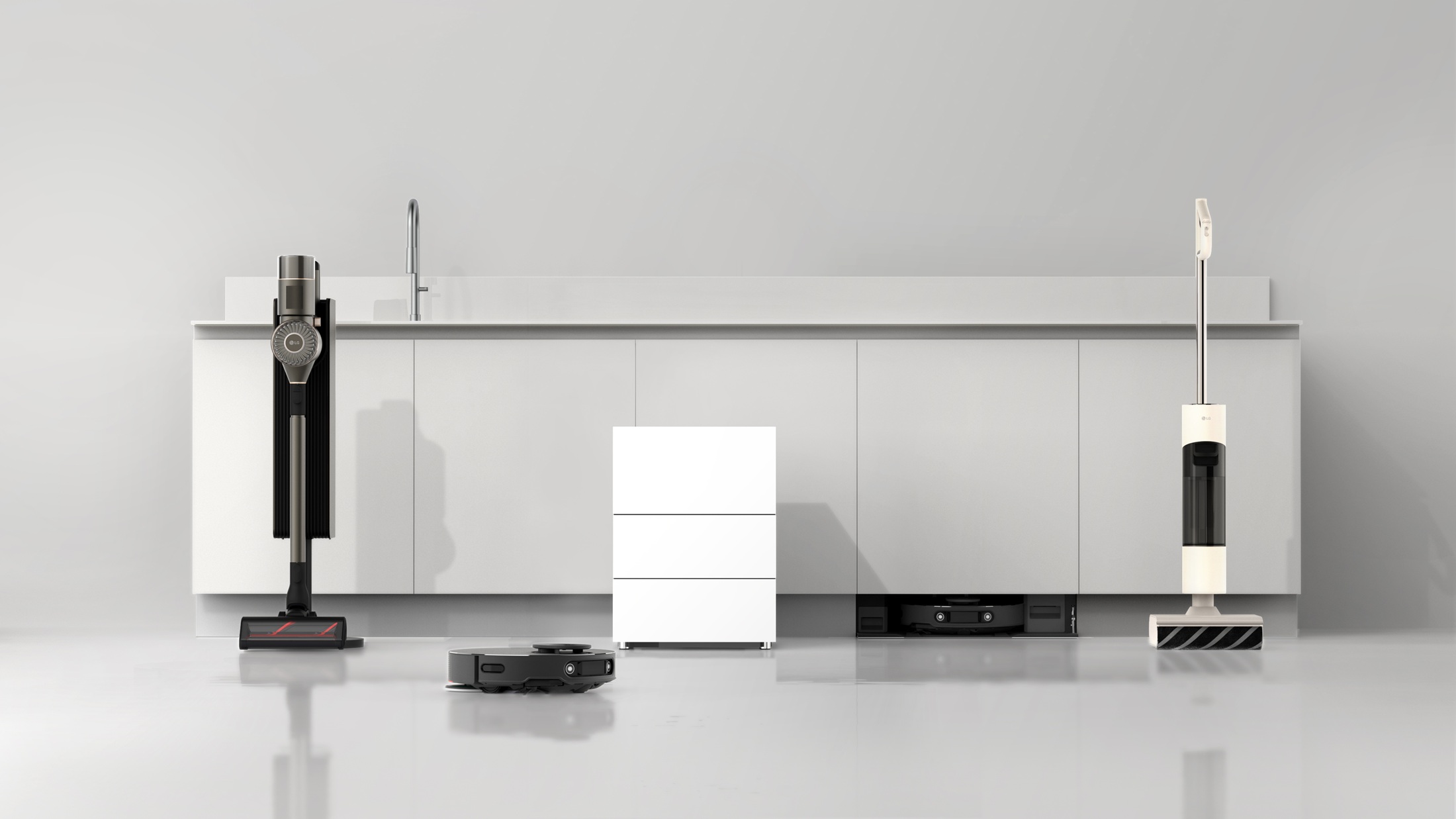 LG rolls out its ThinQ AI into a sleek new crew of connected home helpers
LG rolls out its ThinQ AI into a sleek new crew of connected home helpersThe age of thinking washing machines is well upon us, thanks to companies like LG and its ThinQ AI system, which harnesses artificial intelligence for better appliance integration
-
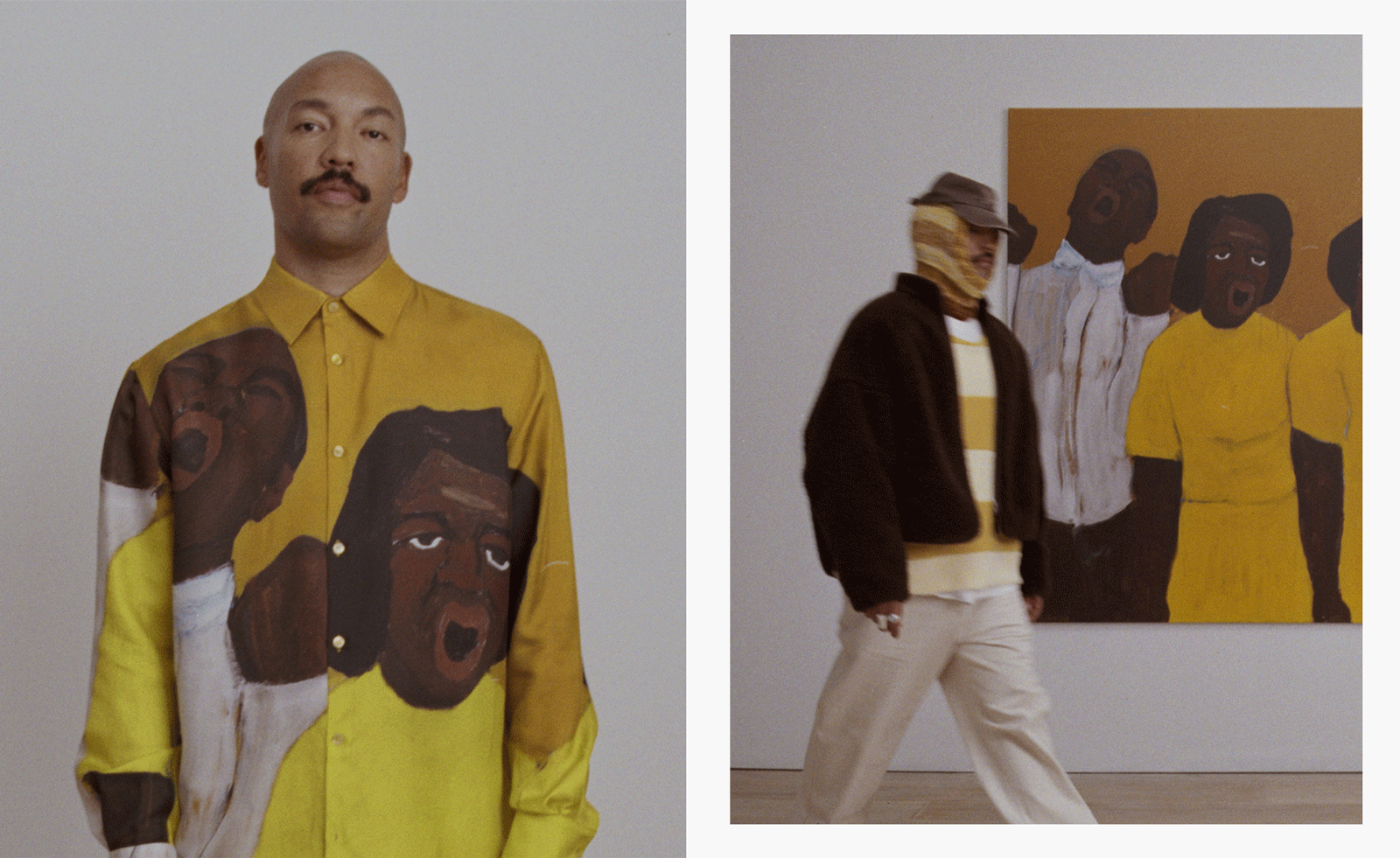 Fashion meets art in Axel Arigato and Alvin Armstrong's colourful collaboration
Fashion meets art in Axel Arigato and Alvin Armstrong's colourful collaborationAxel Arigato and Brooklyn-based artist Alvin Armstrong have partnered on a limited, capsule collection of ready-to-wear, accessories and sneakers
-
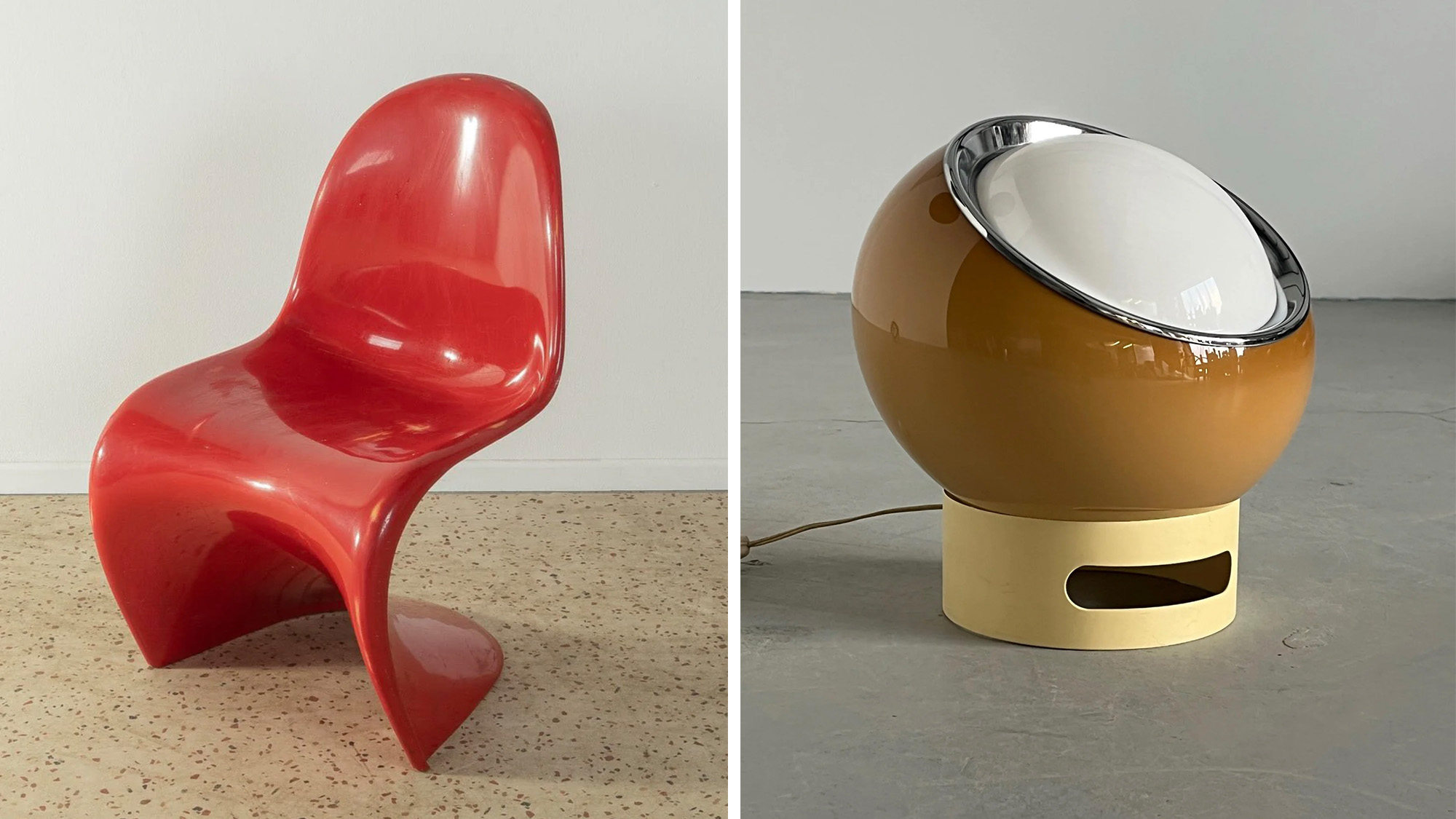 Where to buy second hand furniture online, according to Wallpaper* editors
Where to buy second hand furniture online, according to Wallpaper* editorsFuelled by a shift toward circular design and a rejection of fast furniture, these resale platforms prove that beautiful interiors start with something pre-loved
-
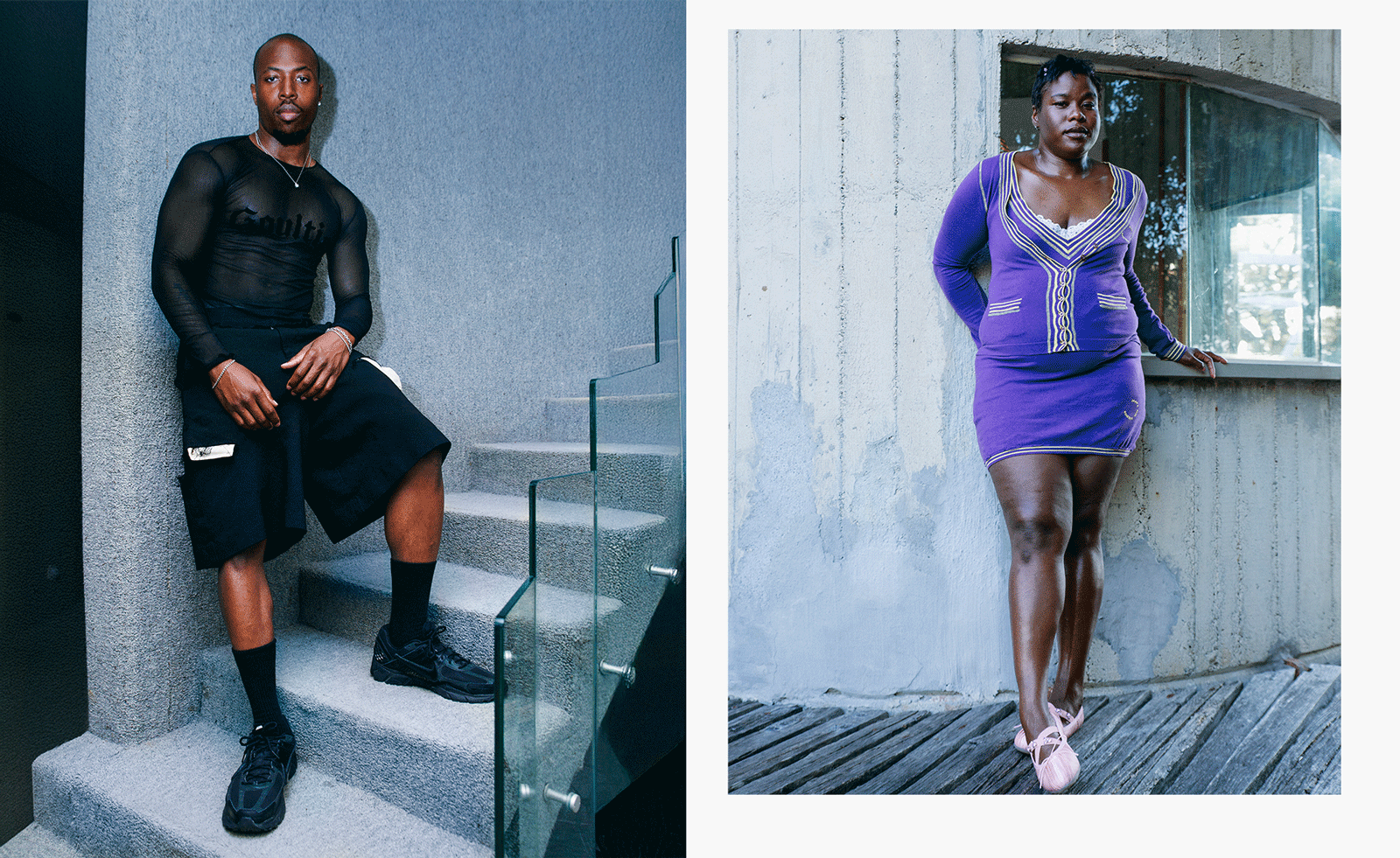 Creativity and rest reign at this Tuscan residence for Black queer artists
Creativity and rest reign at this Tuscan residence for Black queer artistsMQBMBQ residency founder Jordan Anderson sparks creativity at his annual Tuscan artist residency. Wallpaper* meets him to hear about this year's focus.
-
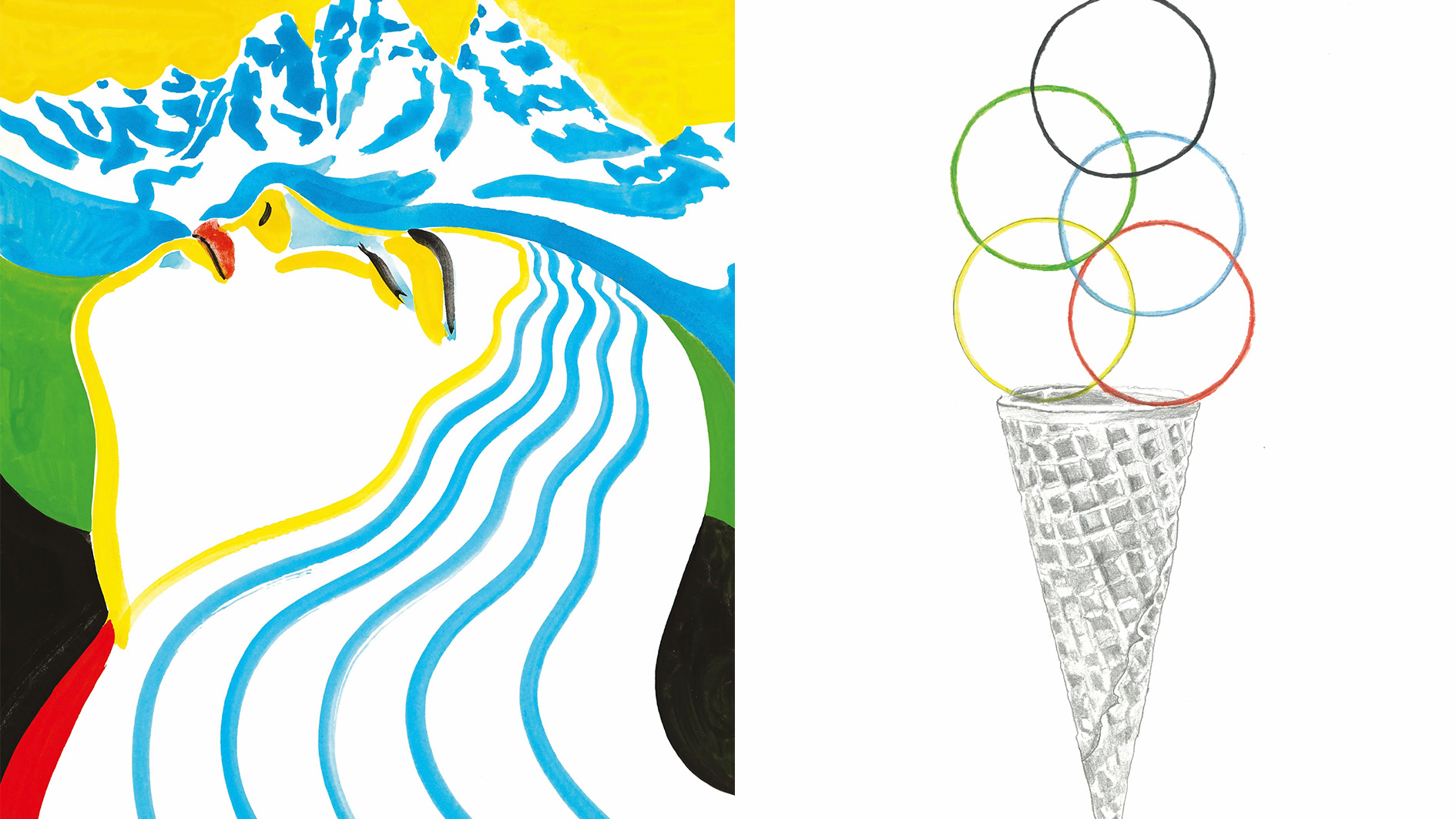 Ten super-cool posters for the Winter Olympics and Paralympics have just been unveiled
Ten super-cool posters for the Winter Olympics and Paralympics have just been unveiledThe Olympic committees asked ten young artists for their creative take on the 2026 Milano Cortina Games
-
 Remembering Oliviero Toscani, fashion photographer and author of provocative Benetton campaigns
Remembering Oliviero Toscani, fashion photographer and author of provocative Benetton campaignsBest known for the controversial adverts he shot for the Italian fashion brand, former art director Oliviero Toscani has died, aged 82
-
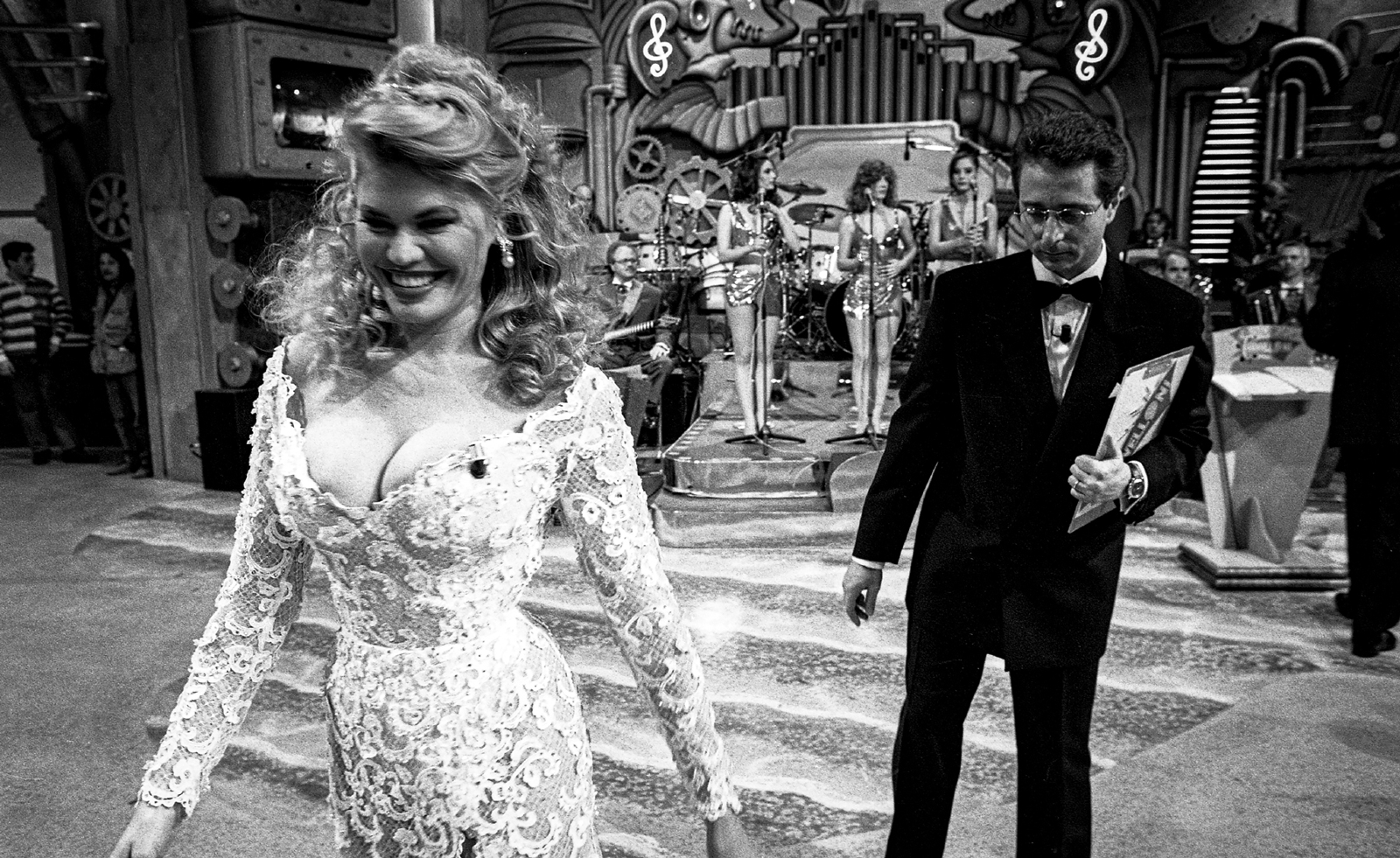 Distracting decadence: how Silvio Berlusconi’s legacy shaped Italian TV
Distracting decadence: how Silvio Berlusconi’s legacy shaped Italian TVStefano De Luigi's monograph Televisiva examines how Berlusconi’s empire reshaped Italian TV, and subsequently infiltrated the premiership
-
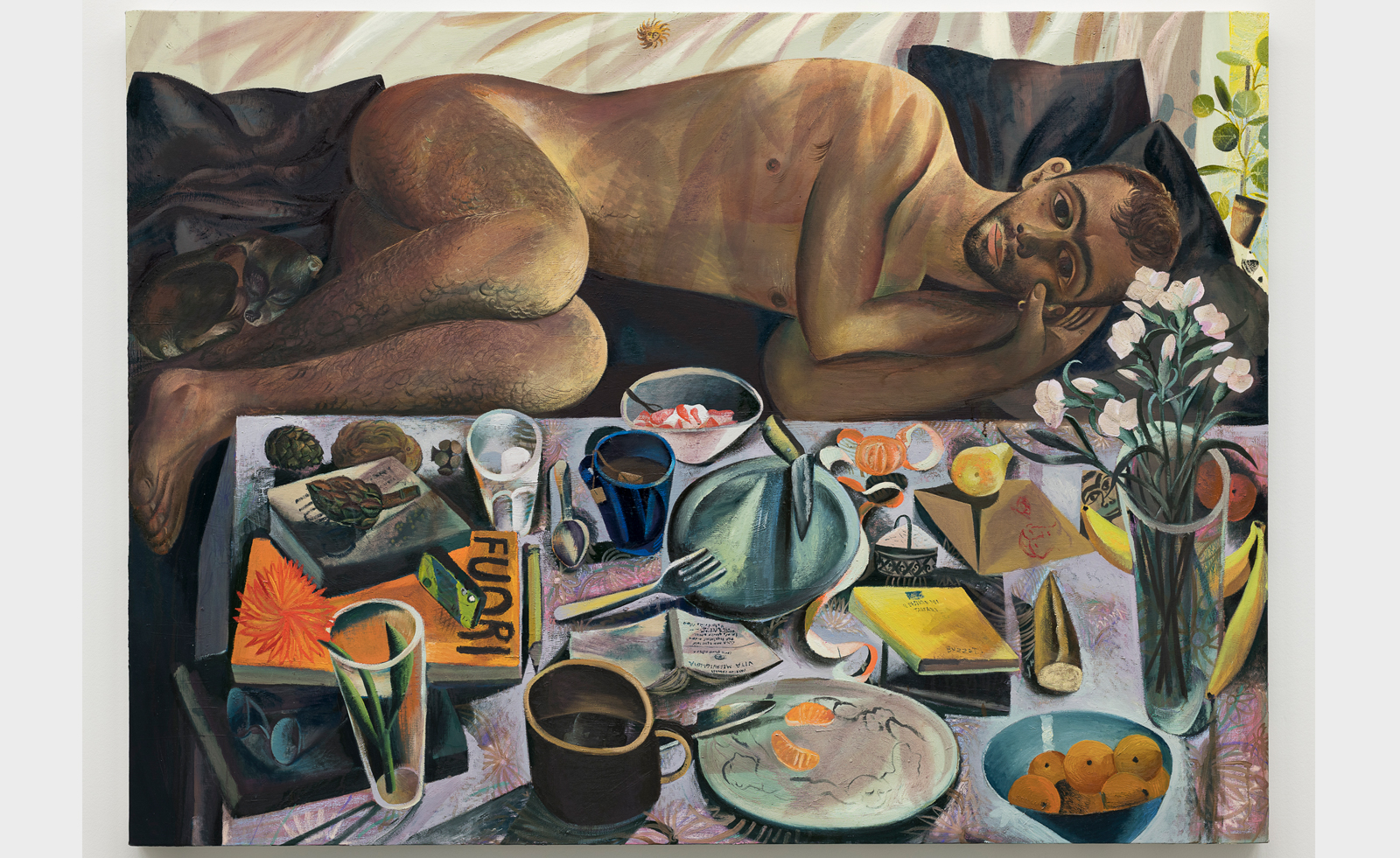 Louis Fratino leans into queer cultural history in Italy
Louis Fratino leans into queer cultural history in ItalyLouis Fratino’s 'Satura', on view at the Centro Pecci in Italy, engages with queer history, Italian landscapes and the body itself
-
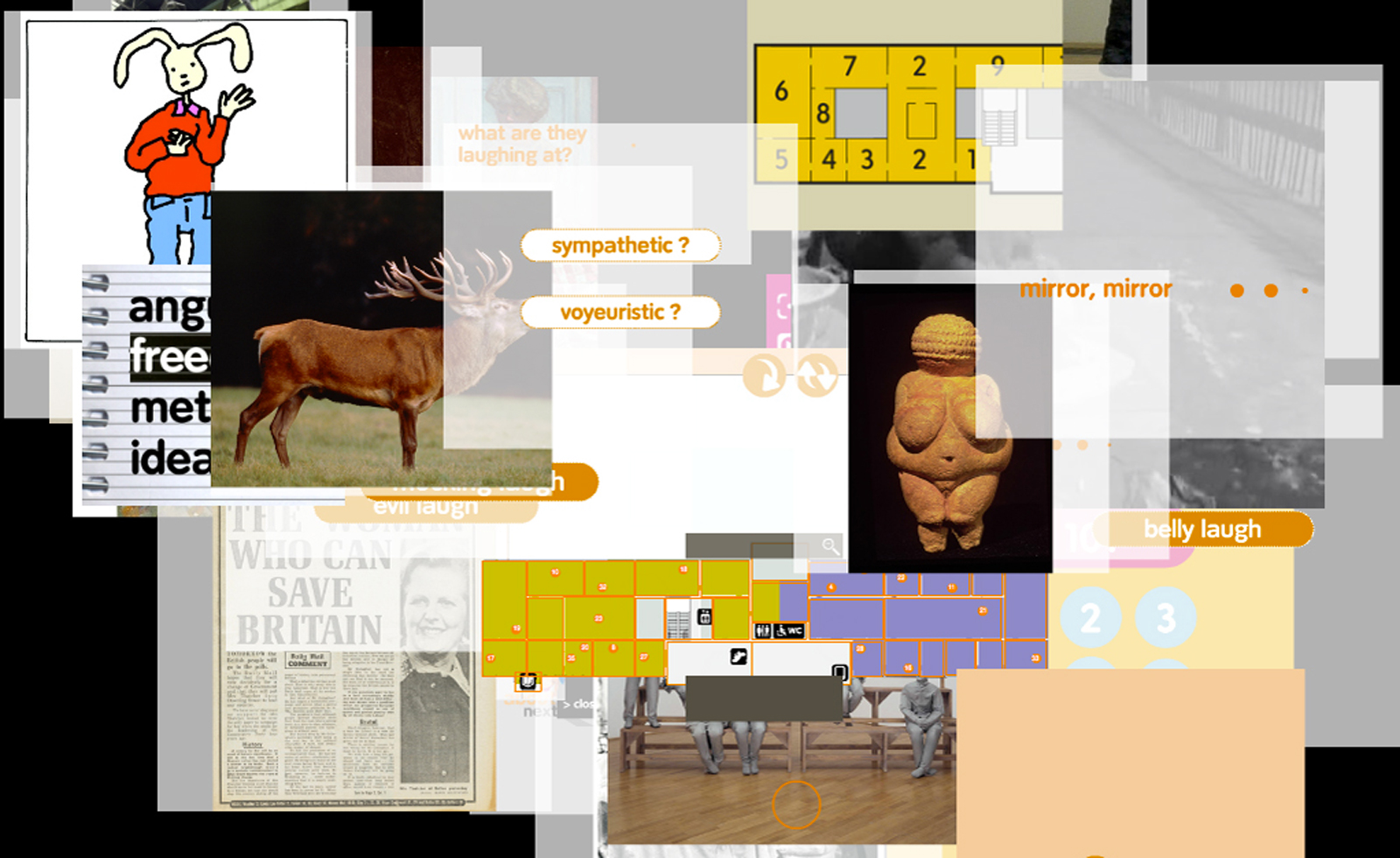 ‘I just don't like eggs!’: Andrea Fraser unpacks the art market
‘I just don't like eggs!’: Andrea Fraser unpacks the art marketArtist Andrea Fraser’s retrospective ‘I just don't like eggs!’ at Fondazione Antonio dalle Nogare, Italy, explores what really makes the art market tick
-
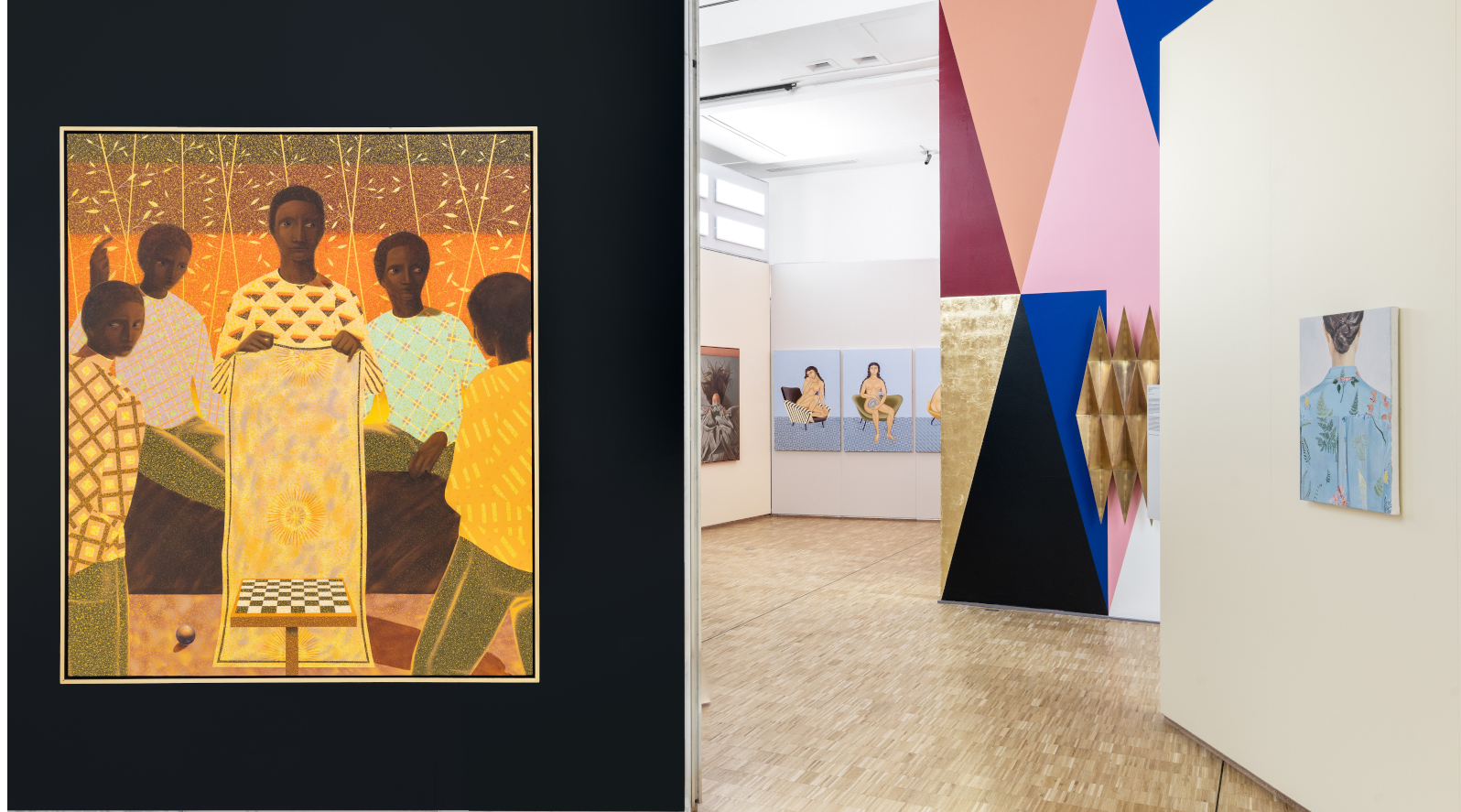 Triennale Milano exhibition spotlights contemporary Italian art
Triennale Milano exhibition spotlights contemporary Italian artThe latest Triennale Milano exhibition, ‘Italian Painting Today’, is a showcase of artworks from the last three years
-
 Walls, Windows and Blood: Catherine Opie in Naples
Walls, Windows and Blood: Catherine Opie in NaplesCatherine Opie's new exhibition ‘Walls, Windows and Blood’ is now on view at Thomas Dane Gallery, Naples